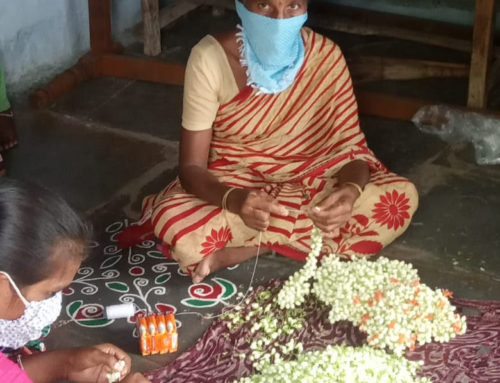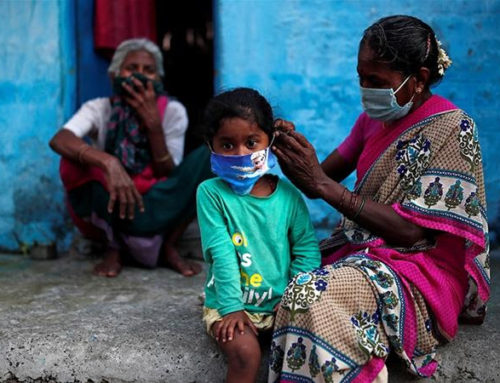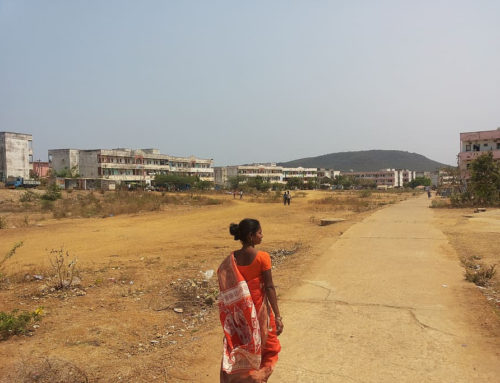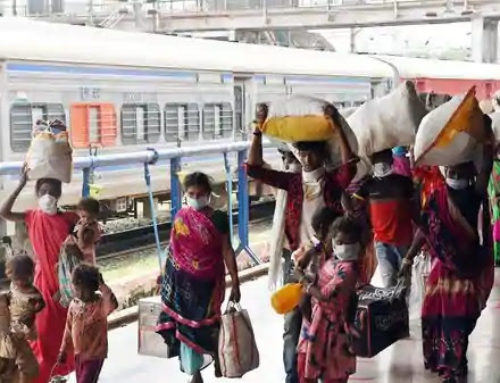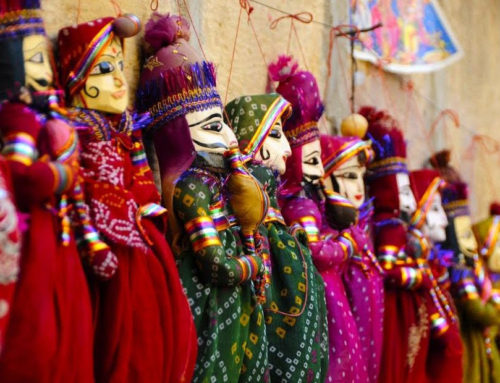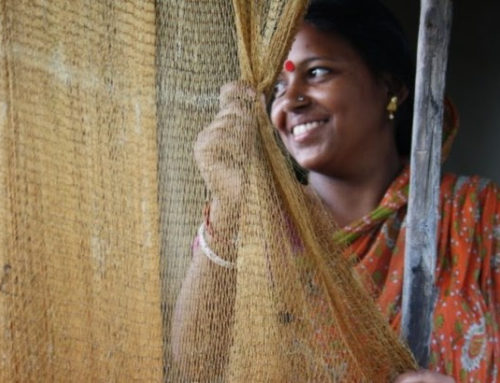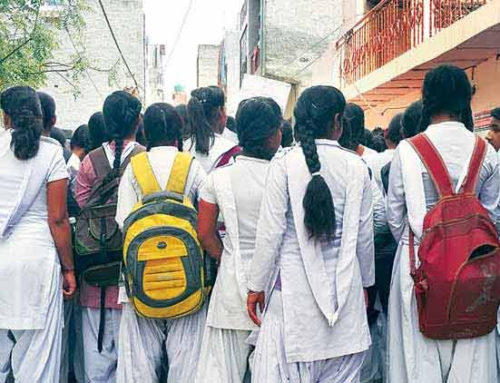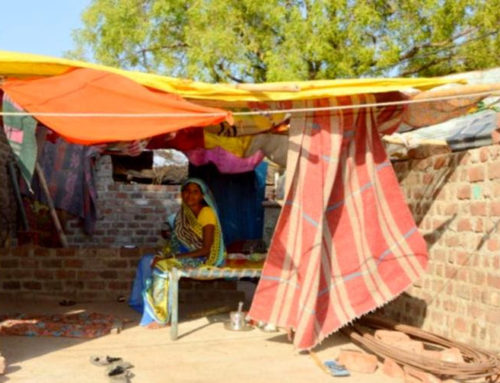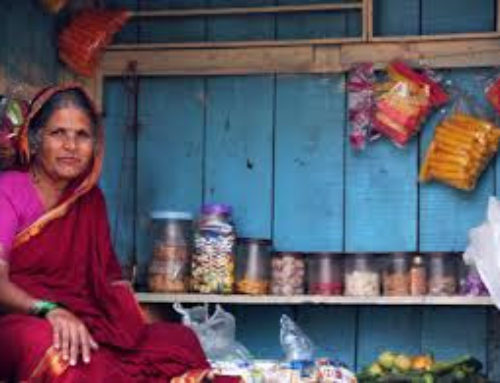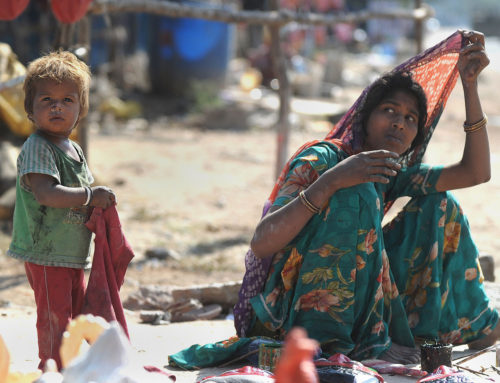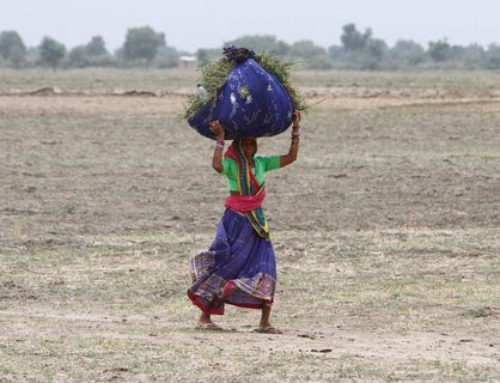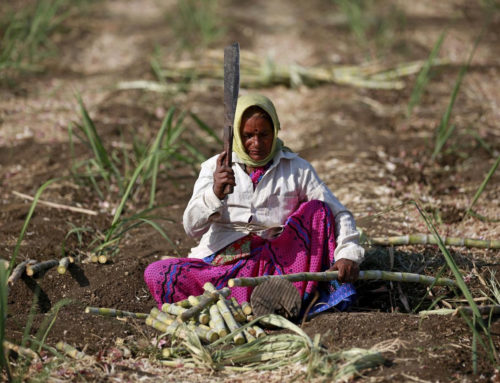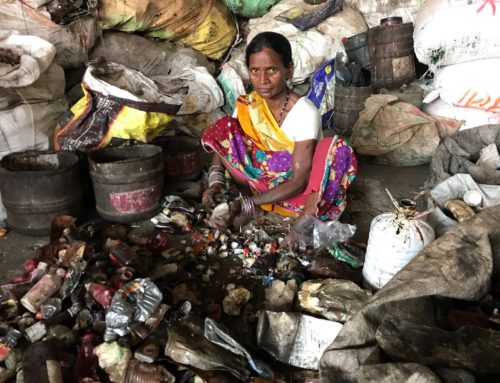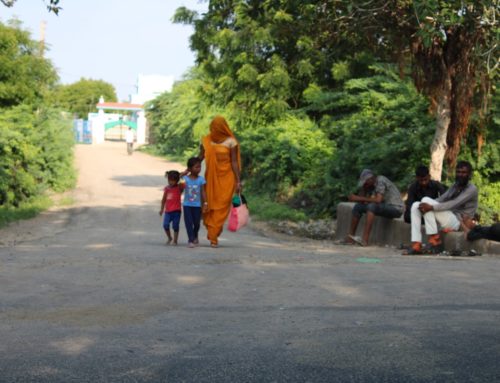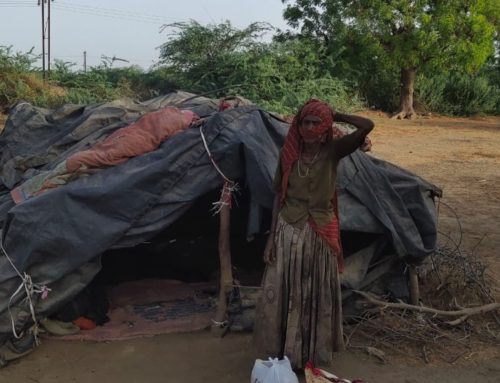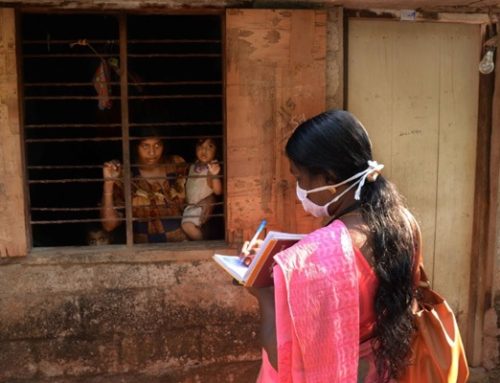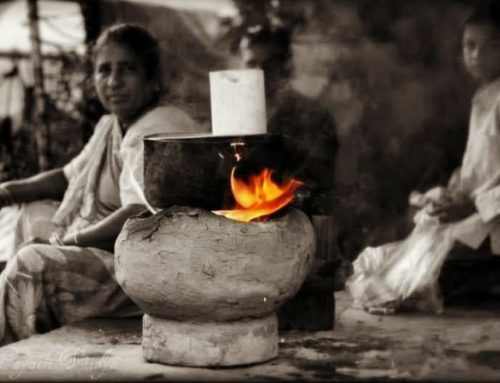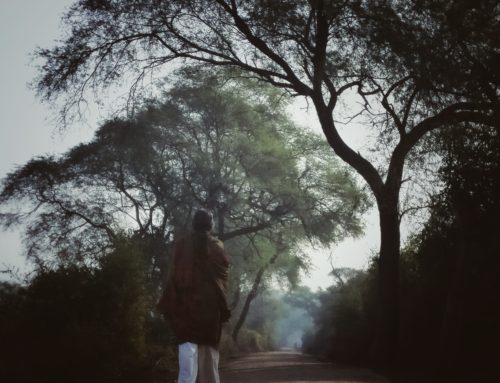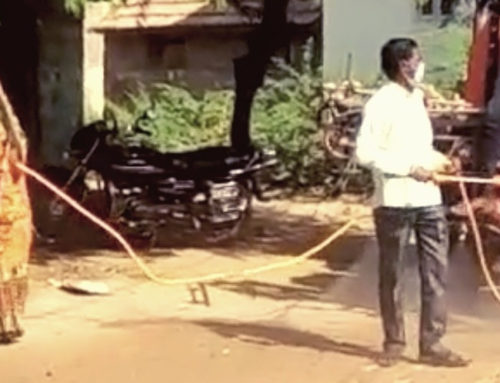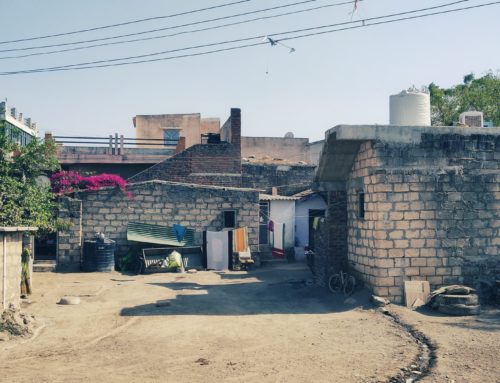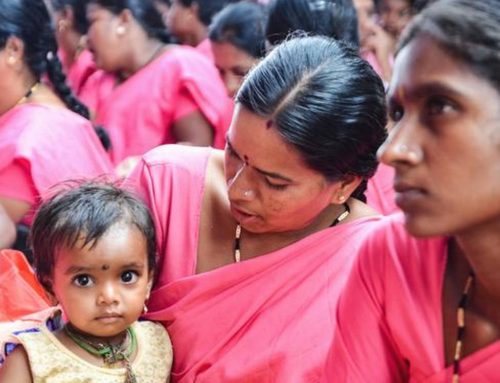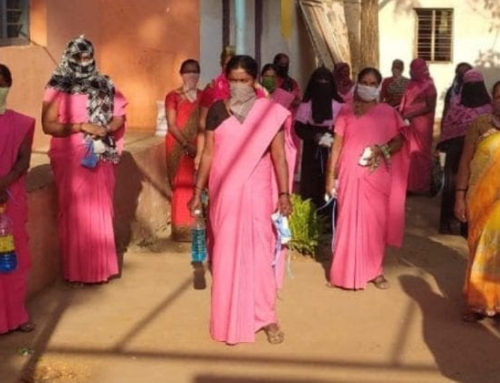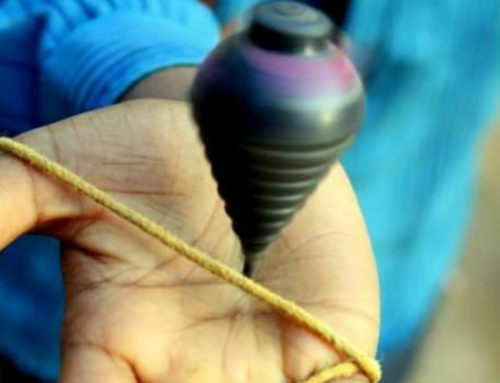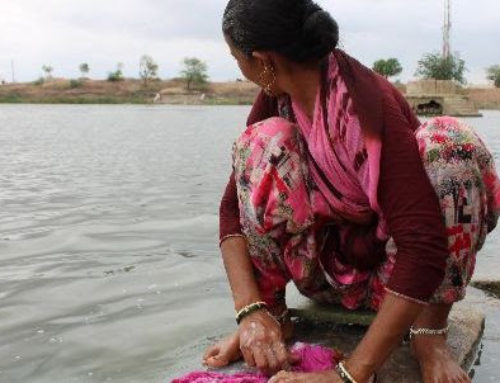For construction having emerged as the fastest growing industry in India, it absorbs a lot of migrants from rural areas. It is also true that migrants in construction work face poor living and working conditions, lack citizenship rights, entitlements and a voice at the destination of work.
Valiben, with her family and 15 more labourers, migrated over 500 kilometers from Maswada Taluka of Rajasthan to Mithivavdi village in Patan District of Gujarat. They traveled here as construction workers for a Government school to be built in the village. They had only just arrived to Mithivavdi when the lockdown was declared. The construction work, hence, did not begin at all. The contractor, however, did pay the family Rs. 9,000 as travel expenses so they can make their way back to Rajasthan. From the amount received by the contractor, 15 of the other workers bought tickets to Maswada. While her children travelled home with the relatives, Valiben, who is 48 years old, stayed back with her husband and brother-in-law, to keep a watch on the raw materials they had already arranged for and were now lying there at the construction site.They said they had spent money on this material and could not abandon it and leave for it would result in great losses.
They received some money for survival from the contractor in the initial days. But eventually the money ran dry even for him and he was unable to support the family anymore. Since they do not belong to the village, they have not been able to avail ration provided by the government. Their ration card places them in Rajasthan. They had exhausted all their savings and had no means for survival. They were living on the little they could get as help from the villagers and the Panchayat until SWATI identified the family, along with other migrant workers and provided them with relief packages.
Case Study reported by SWATI Team
Location: Gujarat


